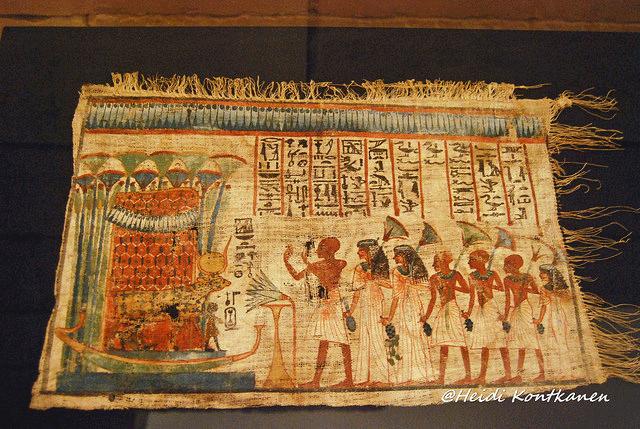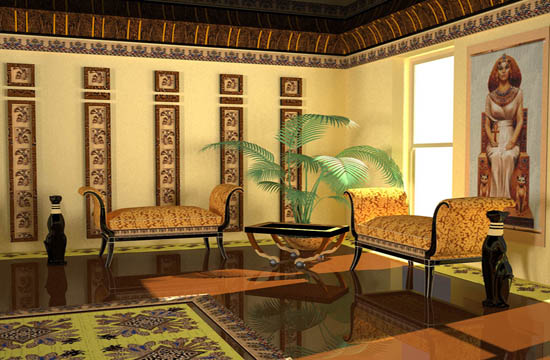Around 4,000 BC larger towns began to develop in what is the Middle East of the present day. Humans basic needs were being met, without much resistance so they began to create complex inventions and the arts. A sense of camaraderie and competition came about between the three major civilizations of the time; Egypt, Mesopotamia and Nubia. They fed off of the creative energies of one another and each wanted to create something bigger and better than the others. Architecture became a way for these civilizations to do that, it was used to distinguish different classes of people and to show power and intimidate the viewer.
 |
Temple of Luxor |
Geographical location made Egypt an ideal place for the building of these ornate monuments and temples. The Nile River granted the people access to transportation of goods; including building materials such as precious timbers from other countries. The climate in this region made the preservation of these buildings slightly easier than those in other areas, because the mild dry temperatures is much better than extreme wet conditions. The climate also played a large part in how buildings were designed. Flat roofs, outdoor spaces, windows, and roof ventilators were included to keep the spaces airy and cooler. Since building materials in this region were limited, unless transported in from other places, many buildings were made of mud bricks or wood and stone walls.

The interiors of Egyptian architecture were very ornate and decorative. The artisans of the time created fresco paintings, relief sculptures, inscriptions, mats or rugs, and very detailed pieces of furniture. They were actually the first believed inventors of furniture joinery that we still use today; mortise and tenon joints, dovetail joints, and dowels.




Current Day Applications


 |
| Dovetail Joint |
| Mortise and Tenon Joint |
No comments:
Post a Comment